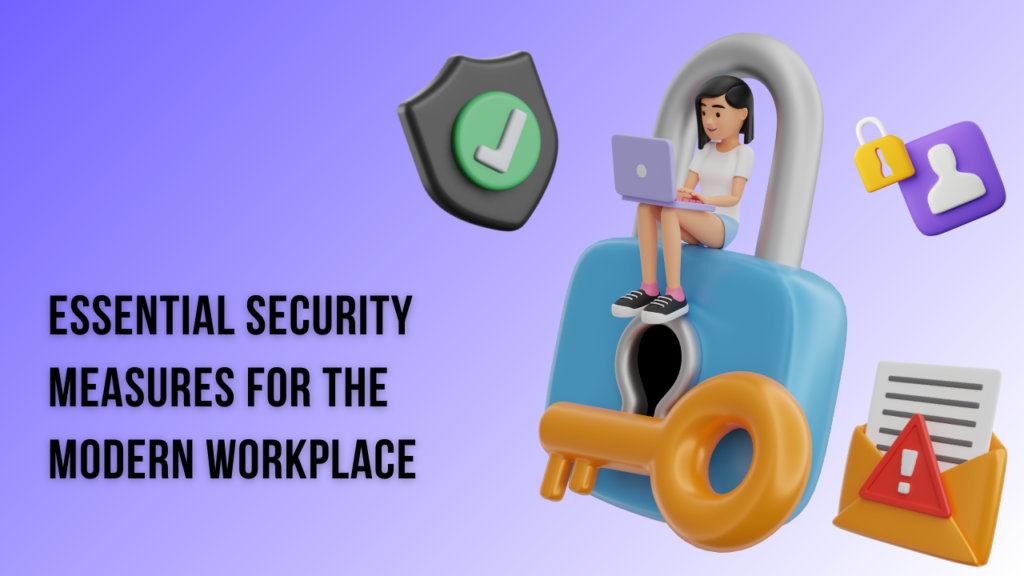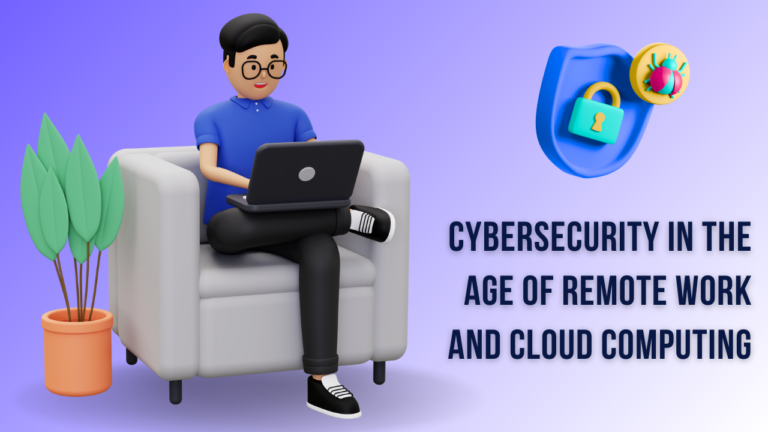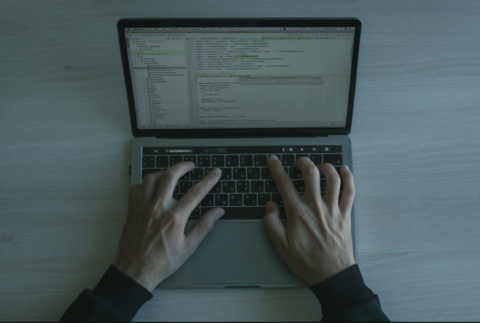It is unquestionable that the way most of us work nowadays is different from the working realities that existed just a couple of decades ago. Coffee shops offering free Wi-Fi, work files stored in cloud-hosted services, and company information stored on personal laptops have become quite normal features of how we attend to our work.
The concepts of remote working and the extent of reliance on the cloud it enabled have completely altered the modern office as we know it, bringing us levels of freedom and flexibility like never before. Nevertheless, they have also presented certain threats that each and every individual worker as well as their company must appreciate.
Of course, the best way to secure remote work environments is through comprehensive solutions and safe software for the whole organization. For example, if you visit this website, you’ll find a software development company that can help you create individual solutions for your needs. However, there are other ways to improve your cybersecurity, which we’ll discuss in this article.
The New Workplace: Everywhere and Nowhere
The traditional office has given way to a distributed workforce. This shift has expanded the attack surface for cybercriminals. Each remote connection becomes a potential entry point for malicious actors.
Cloud services compound this issue. They store vast amounts of data and run critical business processes outside traditional network boundaries. While cloud providers invest heavily in security, they can’t eliminate all risks.
Key Threats in the Remote Work Landscape
1. Unsecured Home Networks
Many remote workers use home Wi-Fi networks that lack enterprise-grade security measures. These networks often use weak encryption or default passwords, making them easy targets for attackers.
2. Phishing Attacks
Cybercriminals have adapted their tactics to exploit remote work scenarios. They craft convincing emails that mimic collaboration tools or company communications. These phishing attempts aim to steal login credentials or spread malware.
3. Insider Threats
The transition to remote working practices can create problems concerning the adequacy of separation of work and personal use of devices by employees. This raises the threat of potential data breaches, be it unintentionally or on purpose.
4. Cloud Misconfigurations
Cloud services that are not properly configured can result in unintended exposure of sensitive information on the public internet. Just one compromised storage bucket or database can cause enormous data leaks.
Essential Security Measures for the Modern Workplace

Activate Multi-Factor Authentication (MFA)
Even if you follow all the tips for creating a reliable password, it can still fail to protect your account. Use MFA to provide additional proof of identity. This can include scanning your fingerprints or sending a one-time code to your phone — most services allow you to choose from several options. This simple measure can block 99.9% of account compromise attacks.
Connect Through a VPN
When you’re connected to a VPN, it sets up an encrypted tunnel from your device to the resources of the company that you are connected to. Therefore, regardless of whether you are logged on to a public Wi-Fi network that is unsecured or not, a VPN helps to keep your information safe and secure from any intruder.
Adopt a Zero-Trust Mindset
Forget the idea of a “trusted” network or device. The zero-trust security model assumes that no one and nothing should automatically be granted access. It requires continuous verification and limits permissions to only what’s necessary. This helps contain the damage if a breach occurs.
Educate Yourself and Your Colleagues
Security is not only an issue for the IT department but everybody’s burden. Routine training exercises can prepare your coworkers to identify phishing attacks, memorize complex passwords, and adhere to fundamental safety measures. A knowledgeable employee is one of your strongest shields.
Monitor Your Cloud Environments
In case your firm makes use of cloud services, consider Cloud Security Posture Management (CSPM) tools. They perform an endless assessment of your cloud environment, identify any misconfigurations, and assist you in repairing those weaknesses before they are taken advantage of.
Compliance and Data Privacy in the Cloud Era
Compliance with data protection standards, such as GDPR and CCPA, can be problematic when using cloud computing in remote work. Organizations must:
- Understand where their data resides and how it’s processed
- Implement appropriate access controls and encryption measures
- Develop incident response plans that account for distributed data and workforce
- Audit their security measures regularly and update them as needed.
To Conclude: Security as a Shared Responsibility
With remote work and cloud computing, cybersecurity is no longer only IT’s job. Everyone in a company must work together. Businesses may enjoy contemporary work practices while protecting their digital assets by creating a security-conscious culture and monitoring new risks.

Daniel J. Morgan is the founder of Invidiata Magazine, a premier publication showcasing luxury living, arts, and culture. With a passion for excellence, Daniel has established the magazine as a beacon of sophistication and refinement, captivating discerning audiences worldwide.





